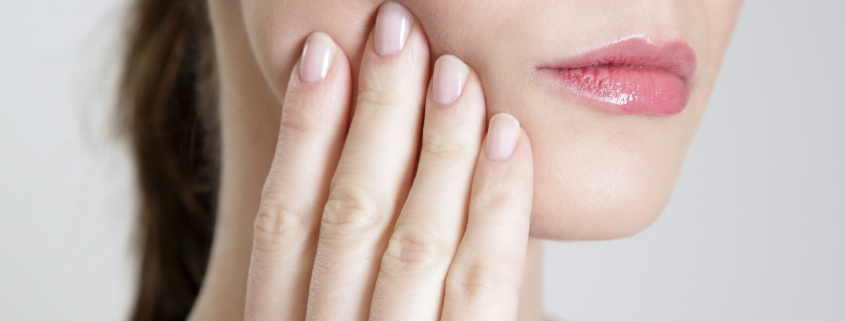Jaw Deformities
It is impossible to say that human body parts are safe from any injury or pain. Jaw deformity is a condition in which a person’s upper and lower jaw teeth are not perfectly aligned with each other. For example, one of the orthodontic abnormalities is an overbite or a condition in which the maxillary teeth cover the front mandibular teeth too much. Signs and symptoms of these disorders can be varied and complex, including pain, tenderness of the jaw, pain in and around the ear, difficulty opening the mouth completely, discomfort when chewing, pain and sound in the joint Or locking the temporomandibular joint so that it is difficult for the patient to open and close the mouth.
Such a situation is never easy to live with. However, with the widespread advancement of health technologies, dentists and orthodontists are familiar with several treatments for this problem.
Symptoms of maxillofacial malformation: The effect of jaw deformity is not only physical but also on a person’s mood. This regional disorder leads to eating, breathing, sleeping, talking, and even discomfort jaws even at rest. These problems vary from person to person depending on the type of disorder, the patient’s pain threshold, age, the severity of the disorder, and so on. However, doctors and experts in this field have identified three main issues that most people face with this condition.
The description of these disorders is as follows:
Difficulty chewing: Unfortunately, jaw abnormalities will cause the upper and lower jaws to overlap when chewing food. This will cause pain and discomfort and incomplete chewing of food, leading to digestive problems.
Abnormal breathing: This condition can put a person in a tight spot and force them to breathe through the mouth, which can cause other health problems because breathing through the nose removes a significant percentage of environmental and respiratory air pollution. This will not happen when you breathe. Mouth breathing itself causes many jaw problems, including jaw stenosis, which is available in the mouth breathing section of another site.
Abnormal appearance: The deformation and structure of a person’s face is one of the most obvious signs that appear in his appearance. Babies who have been breastfeeding continuously for a long time or who are accustomed to sucking their thumb develop jaw irregularities at an early age. In this case, not only the appearance of the face and face are affected but also makes him a shy person without self-confidence.
Treatment of maxillofacial malformations: People who suffer from this condition have different treatment options in dentistry. The first step is always a specialist consultation with an orthodontist or orthodontist to evaluate and make initial examinations of the maxillary deformity.
Correcting bad habits such as gnashing teeth, chewing lips, chewing tongue, chewing nails, finger chewing is one of the appropriate solutions. A good option is to use a mouth guard or Night Guard at night, which can prevent bruxism.
In some cases, orthodontic wires are another solution. This gradually moves the teeth in the jaw to fit together regularly and the jaw position is in its normal position.
Surgical options, if your doctor recommends it. In this method, the oral and maxillofacial surgeon usually solves the problem with the coordination of the orthodontist. Usually, this option is only necessary when there is a large and serious structural problem in the jaw and the other options can not easily reduce the difficult conditions and return the jaw to normal.
Jaw deformities can cause a lot of pain and should not be allowed to continue, so immediate treatment is needed to prevent it from getting worse.

